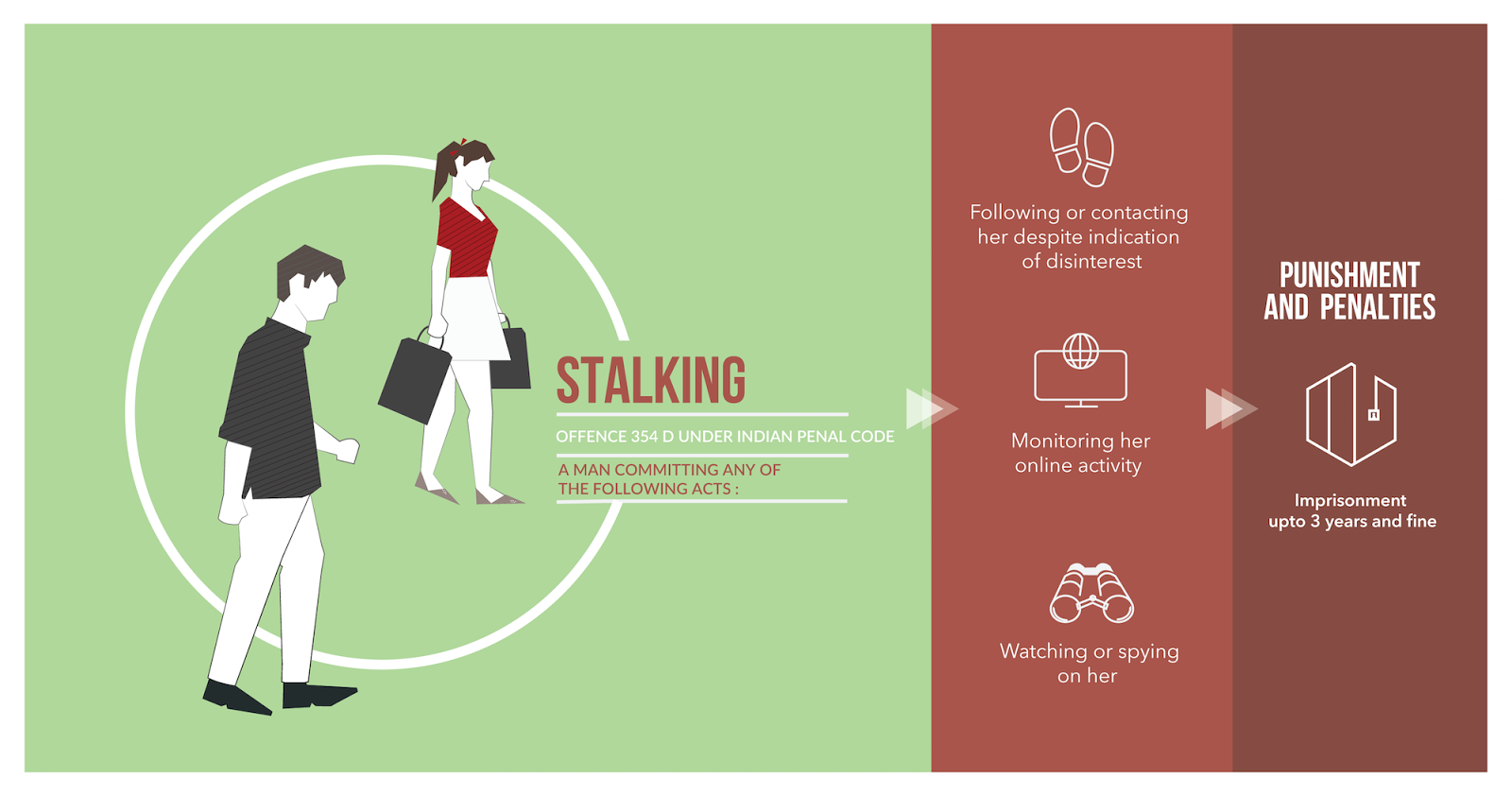Cyberstalking in The Information Technology Act, 2000: Section 67A, Section 354C: Our Legal World
Cyberstalking
[ 67A Punishment for publishing or transmitting of material containing sexually explicit act, etc., in electronic form. -Whoever publishes or transmits or causes to be published or transmitted in the electronic form any material which contains sexually explicit act or conduct shall be punished on first conviction with imprisonment of either description for a term which may extend to five years and with fine which may extend to ten lakh rupees and in the event of second or subsequent conviction with imprisonment of either description for a term which may extend to seven years and also with fine which may extend to ten lakh rupees. ]
Section 67 A of the Information Technology Act, 2000 relates to a part of cyberstalking crime. This section was added after the amendment in 2008. It states that if a stalker attempts to publish any ” sexually explicit” material in electronic form i.e., through emails, messages or on social media then he shall be guilty of an offence under Section 67A of the IT Act and shall be punished accordingly.
Section 67B of the Information Technology Act, 2000 is a newly inserted section. This section is newly inserted by Amendment Act 2008. The section focuses on when stalker targets children below the age of 18 years and publishes material in which children are engaged in sexual activities in order to terrorize the children.
Section 66E of the Information Technology Act, 2000 and Section 354C of the Indian Penal Code deals with “voyeurism.” Section 66E reads as follows: ” Whoever, intentionally the image of a private area of any person without his or her consent, under circumstances violating the privacy of the person, shall be punished.”







